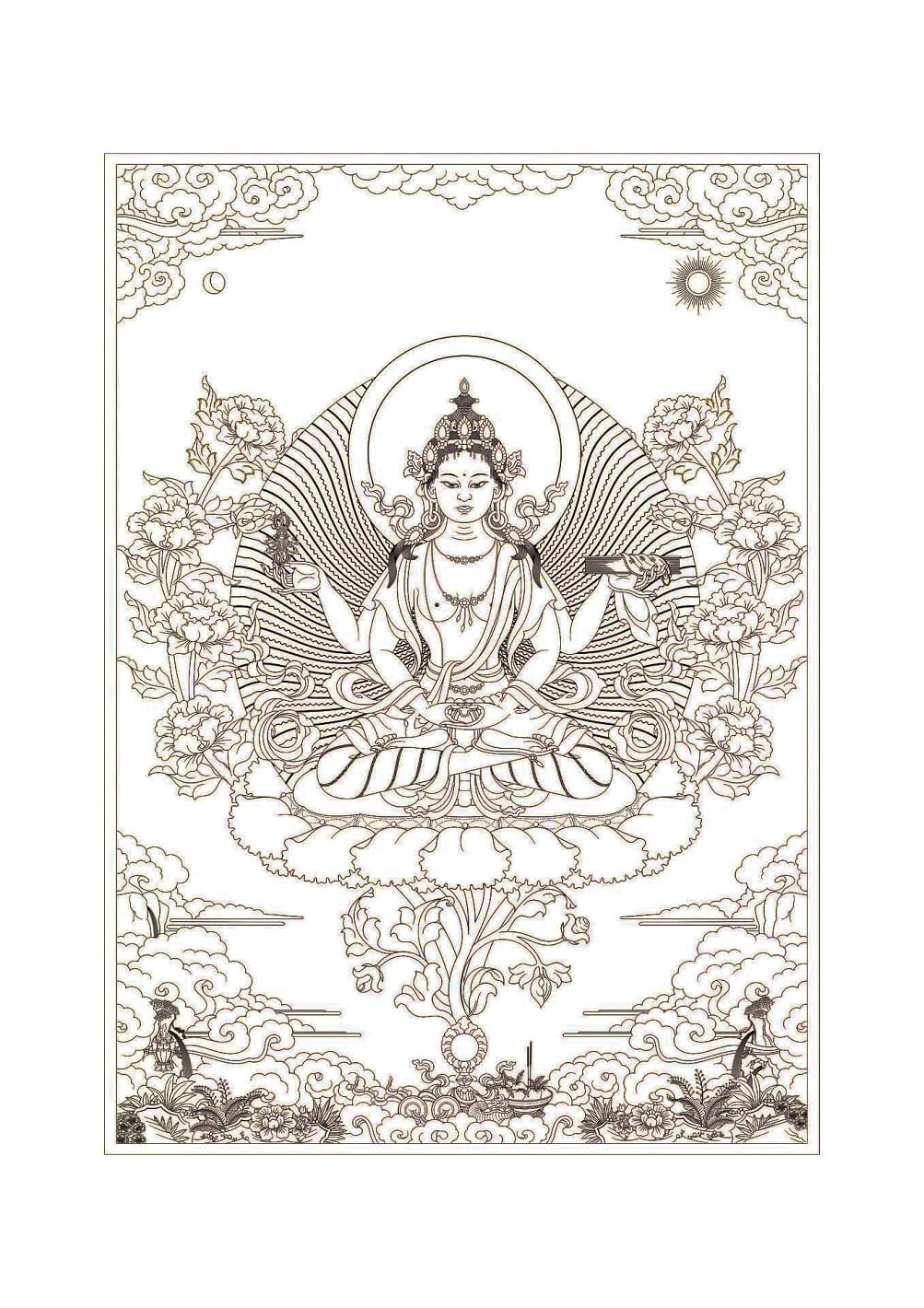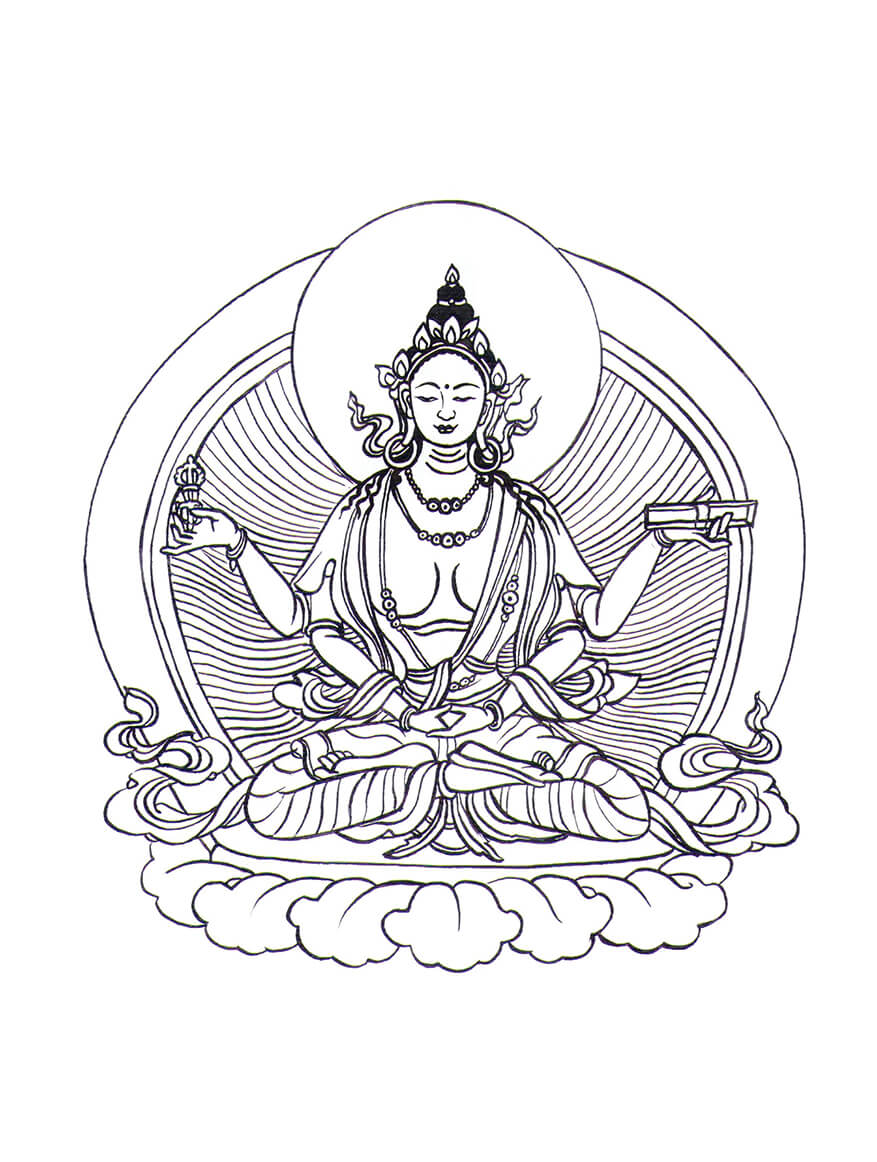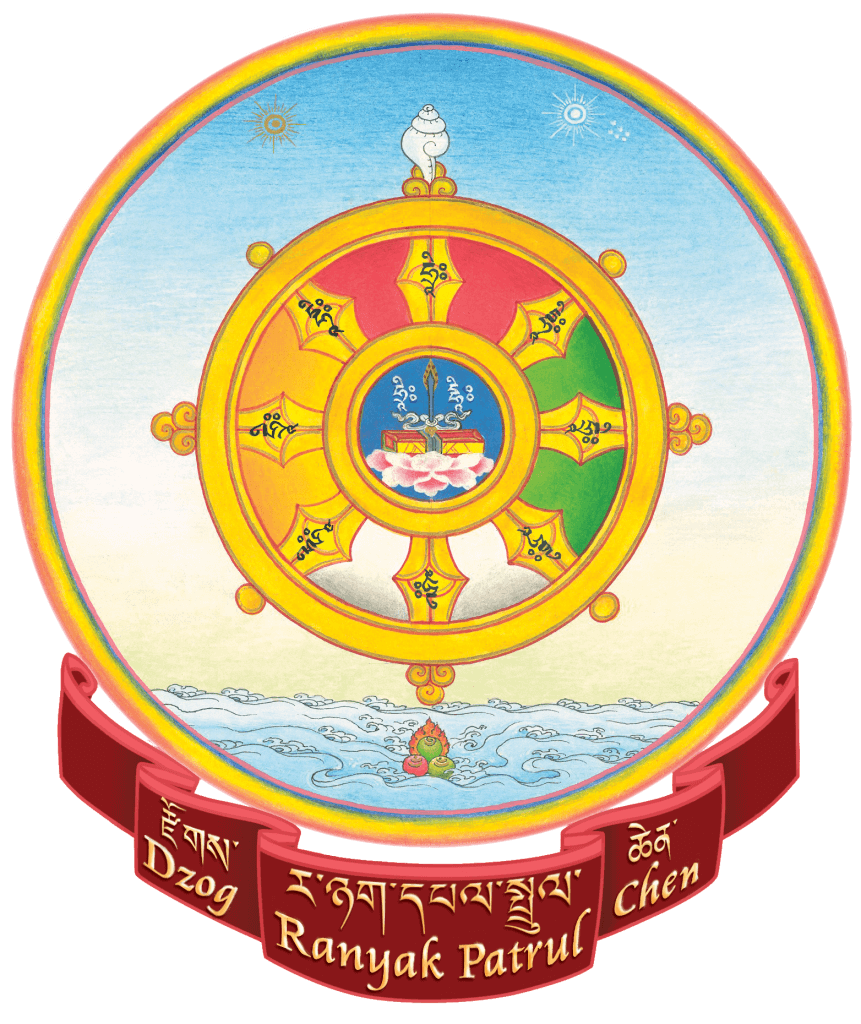Daily Practices
Tame your mind, tame your mind, tame your own mind with the Dharma!
If one tames one’s mind with the Four Thoughts that Turn the Mind,
Then even without view, meditation, recitation of mantras, creation and completion stages,
One cannot mistake the path to freedom for another.
DZA PATRUL RINPOCHE, Advice to Kunzang Chögyal
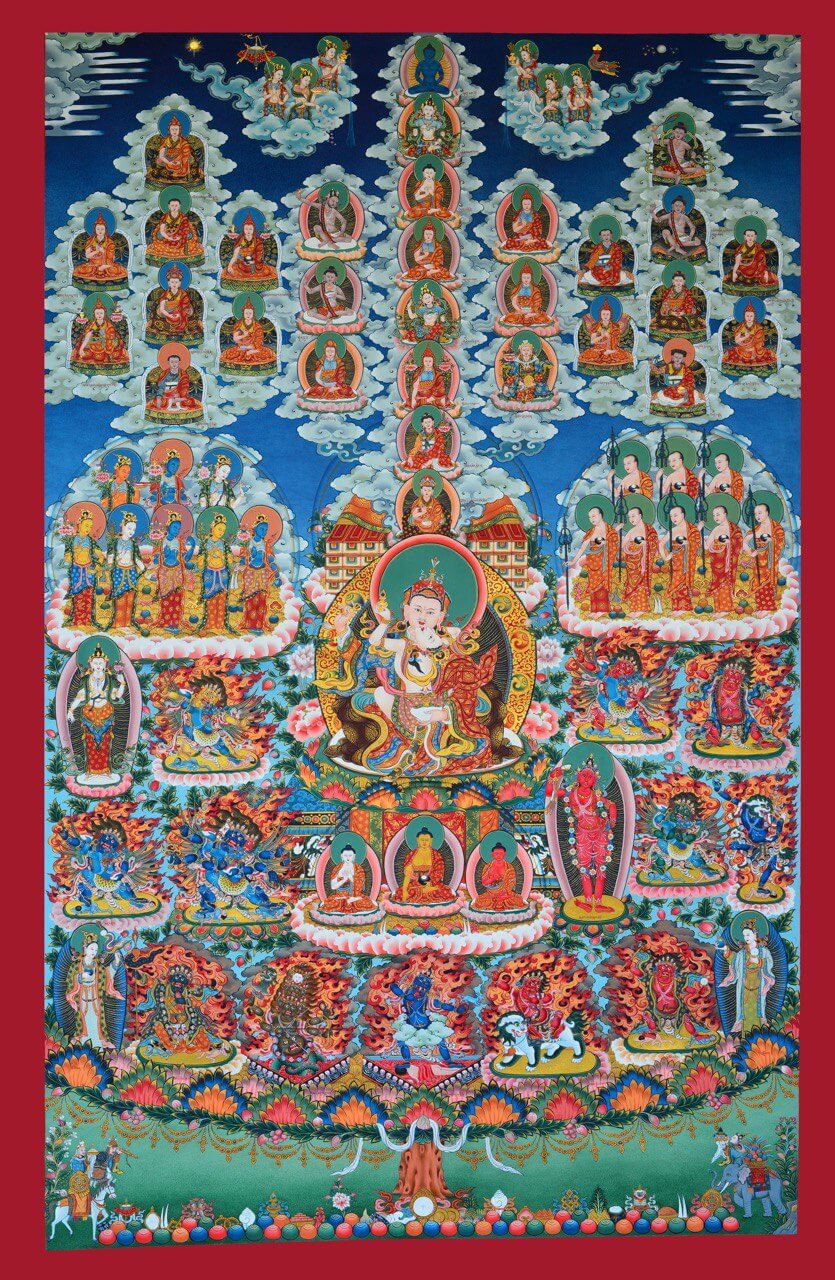
Ngöndro
THE NGöNDRO (PRELIMINARIES) is a practice common to all schools of Tibetan Buddhism, as a preparation for sadhana practice. One may think that the ‘preliminaries’ are not as important as the main practice. However, it has been emphasised by the greatest masters that Ngöndro is an extremely profound training. It is indispensable to soften the mind and prepare it to see its true nature, a bit like a farmer ploughing his field. How could a seed sprout and take root in a hard and dry earth? Just in the same way, Ngöndro practice makes the mind workable, through the outer and inner preliminary meditations. The most accomplished practitioners have maintained their Ngöndro practice continuously. The greatly accomplished Dza Patrul Rinpoche received the instructions on Ngöndro twenty-five times from his master Jigme Gyalwe Nyugu and has practised it throughout his life. This shows the importance and depth of this practice. He composed the well-known instruction manual The Words of My Perfect Teacher, a guide to the Preliminaries of the Longchen Nyingthik, which is the Ngöndro practice of our lineage.
THE OUTER PRELIMINARIES are a sequence of contemplations common to all Buddhist schools, which boost one’s determination to practise. They are not difficult to understand, yet we like to entertain ourselves with inconsistent ideas… In Buddhist terminology, these contemplations are commonly called the ‘four thoughts that turn the mind from samsara’ or ‘the four mind-changings’: 1) the difficulty of obtaining the freedoms and advantages of a precious human life, 2) the impermanence of life, 3) the defects of samsara, and 4) the principle of cause and effect. With the ensuing certainty that finding liberation is indeed the most important endeavour, one relies on a spiritual master who shows the unmistaken path and has the skill in means to help us accomplish it.
THE INNER PRELIMINARIES are specific to the Vajrayana, the branch of Buddhism that flourished in Tibet. In our tradition they are a sequence of six practices (or meditations) involving visualisations, recitations of verses or mantras, creation stage and completion stage.
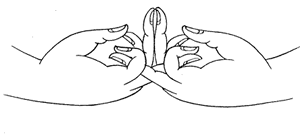
These five practices are: 1) Taking Refuge, 2) Bodhichitta, 3) Vajrasattva, 4) Mandala, and 5) Prostrations on the Seven-Branch Prayer. Traditionally, practitioners accumulate 100,000 recitations of each—500,000 in total. The practice of Guru Yoga is a separate accumulation of 1,200,000 guru mantras (12 times 100,000). Some meditators accumulate them all slowly and regularly, while others do intensive retreats with several practice sessions per day. Great masters and practitioners accumulate Ngöndro multiple times—such as 10, 15 or 20 times the accumulation of 500,000 and 1,200,000. The goal is to cultivate the outer and inner preliminaries until the mind is deeply permeated by them.
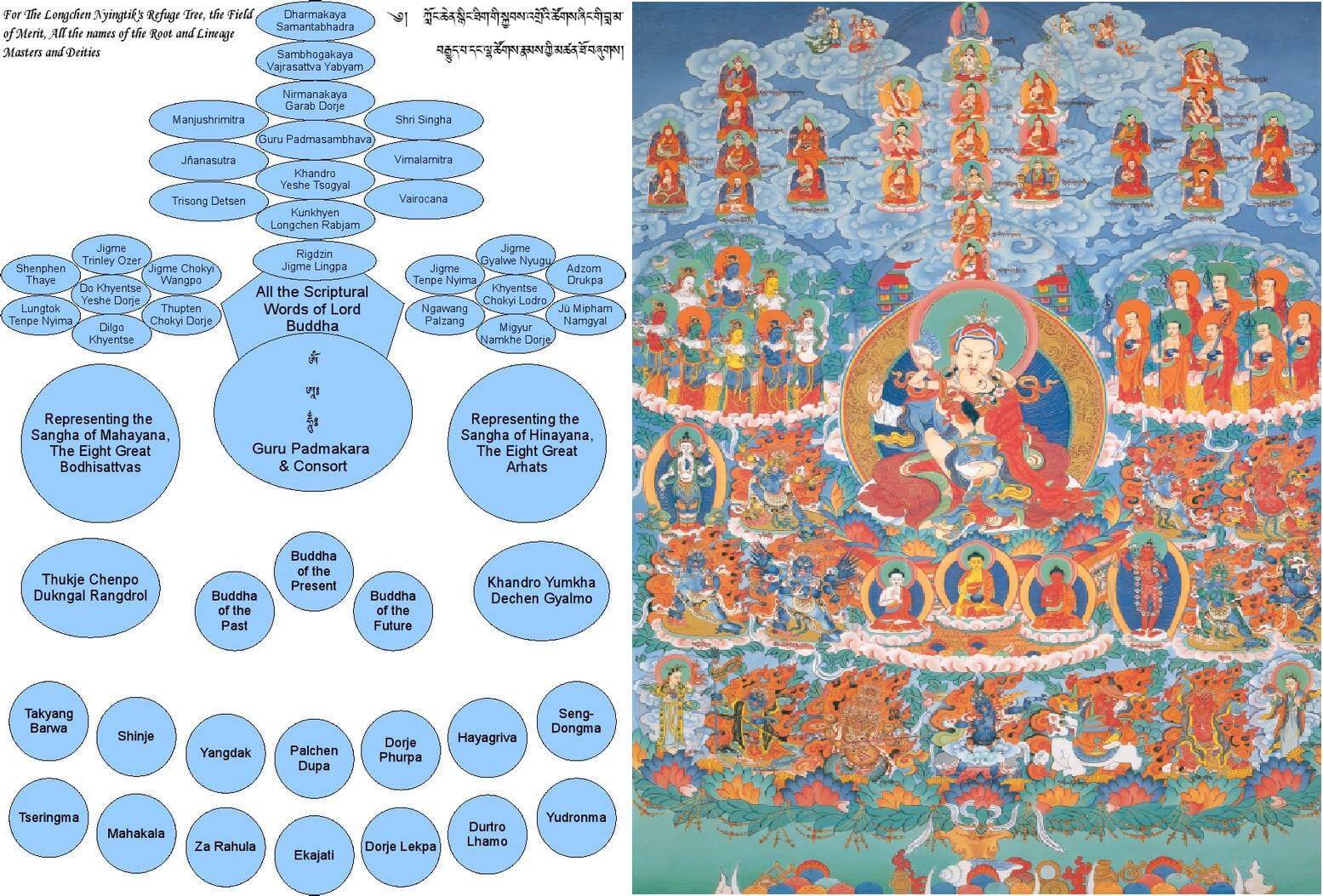
RANYAK PATRUL RINPOCHE has been teaching the guide to the Longchen Nyingthik Preliminaries, The Words of My Perfect Teacher, for decades. His most recent teachings were streamed online and can be accessed on his YouTube channel.
If you wish to join our online morning Ngöndro,
White Sur
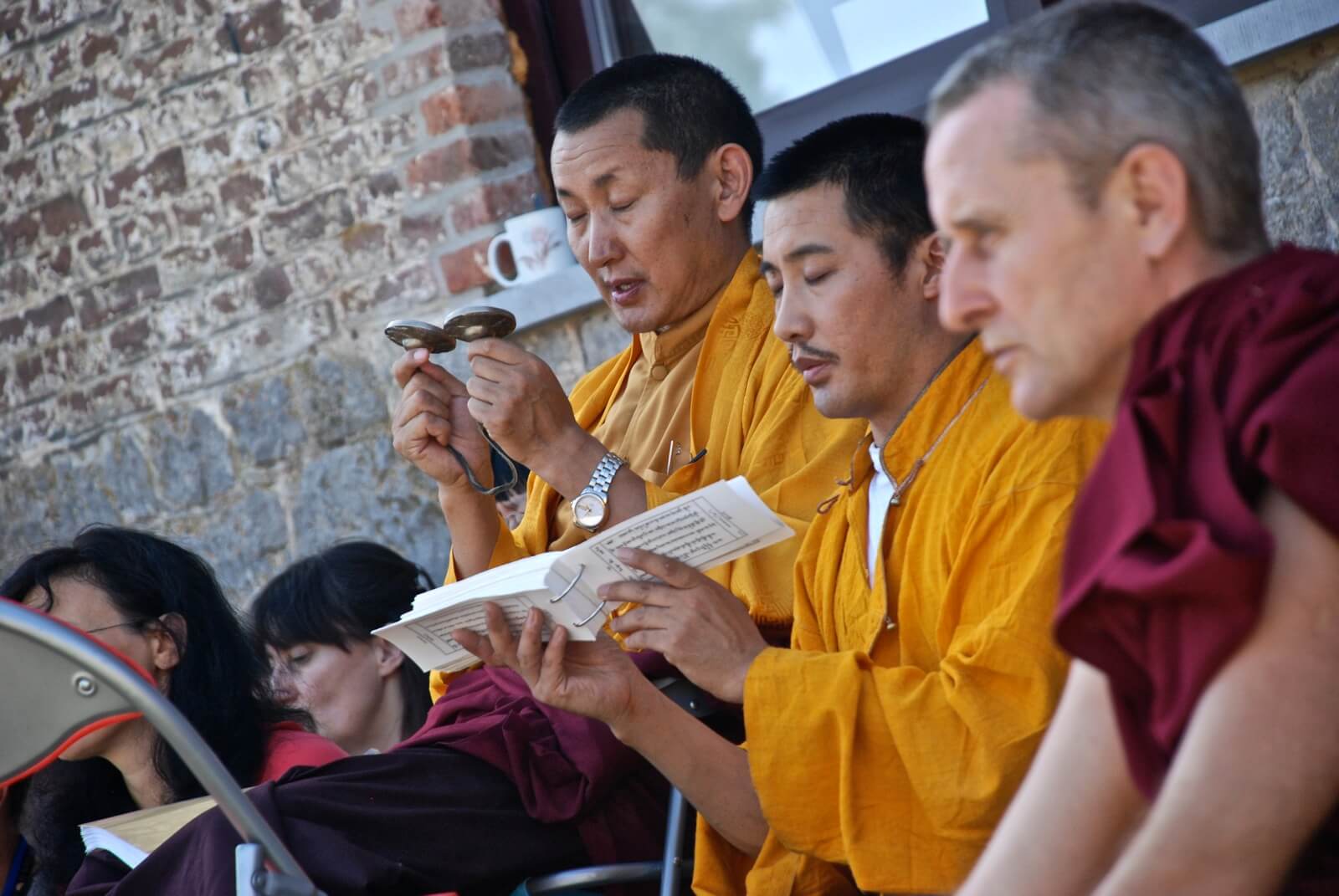
THE WHITE SUR is an evening practice where one offers smoke, with the aspiration to fulfil the wishes of all beings and alleviate their sufferings. It is a method to cultivate bodhichitta, good heart, generosity and selflessness. The recipients are traditionally classified into four categories: the two classes of guests above, including 1) buddhas, bodhisattvas, spiritual teachers and 2) protectors of the Dharma teachings, and the two classes of guests below, including 3) harmful spirits, karmic creditors and 4) all suffering sentient beings, with a particular emphasis on the hungry ghosts (pretas).

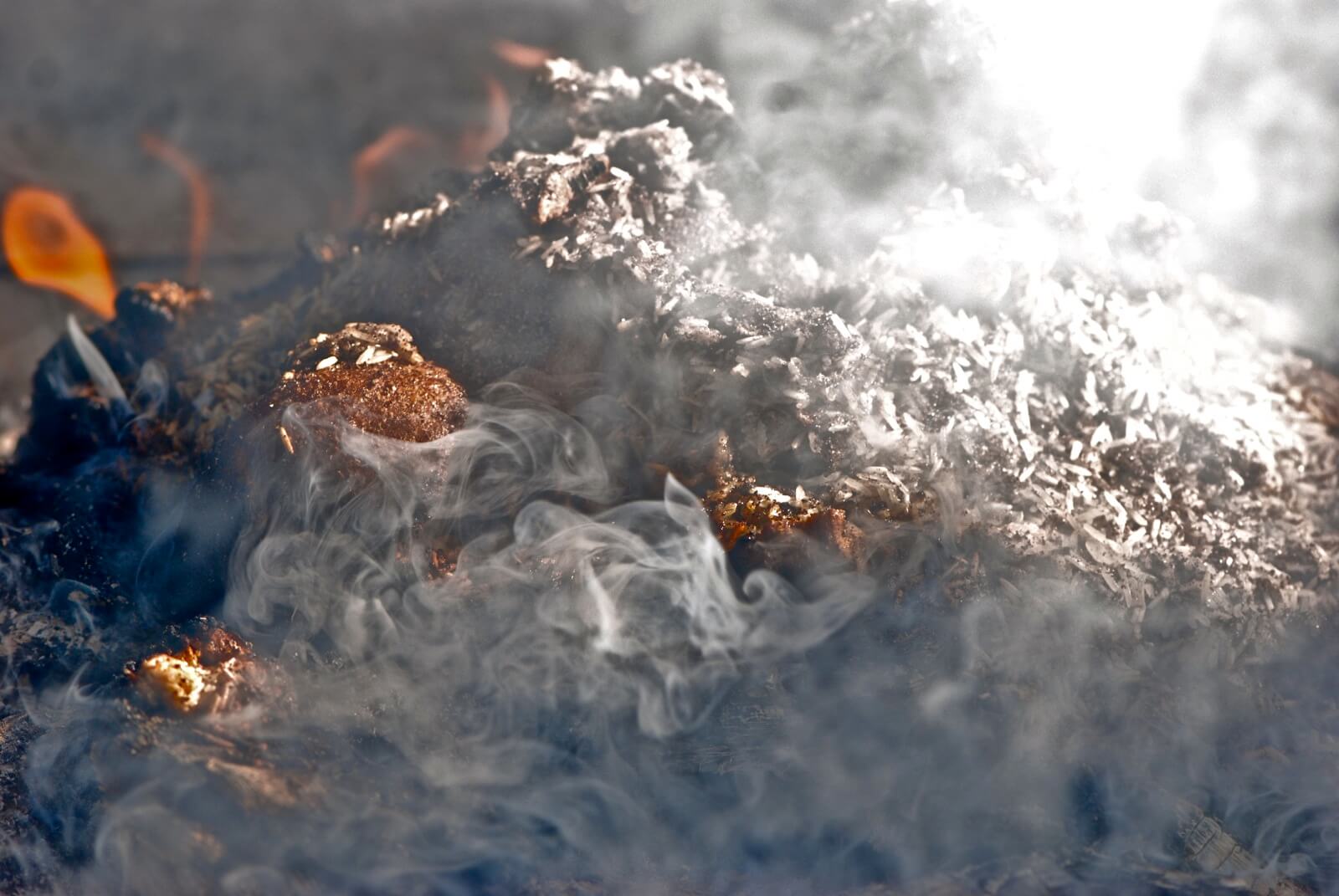
WHAT HAPPENS DURING THE PRACTICE? The practice is preceded by a recitation of the Sutra of the Three Heaps and followed by The King of Aspiration Prayers: Samantabhadra’s ”Aspiration to Good Actions” and sometimes other aspirations. During the practice itself, a mixture of different substances is spread on glowing embers, producing a thick fragrant white smoke. These substances include barley flour, butter, tea, honey and so on. In Dharma City, this offering takes place every day. If you join online, it is not necessary to make the smoke offering at your own place, given that it can be tricky to organise that in a flat. Still, you can do an offering of your own, if you wish.
If you wish to join our online evening Sur,
Chöd
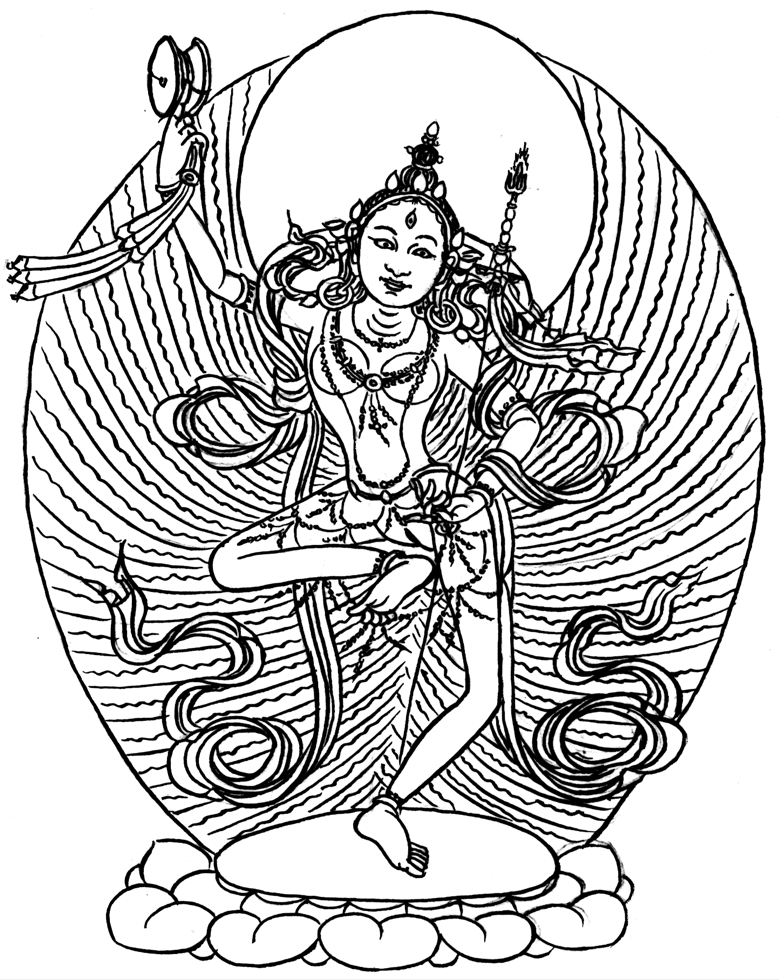
THE PRACTICE OF CUTTING, which the Tibetan name ‘Chöd’ signifies, is a profound practice for severing the ego. Performed everywhere in Tibet, it has many transmission lineages that were initiated by the Indian Siddha Pa-Dampa Sangye and his Tibetan female disciple Machig Labdrön. Chöd is rooted in the teachings of the Prajnaparamita, the Perfection of Wisdom. Like the practice of Sur, Chöd involves an offering to the four classes of guests. Only this time, it is the visualised offering of one’s own body, transformed into the most precious and desirable substances. It is a great method to eliminate clinging to self. The Chöd that we practise is the Loud Laugh of the Dakini (Khandro Kejang). Traditionally, Chöd is practised with ritual instruments and the chanting tunes of the liturgy are very melodious.
We do not gather online for this practice. If you want to know more about Chöd, you can visit our Chöd Drupchen page.

